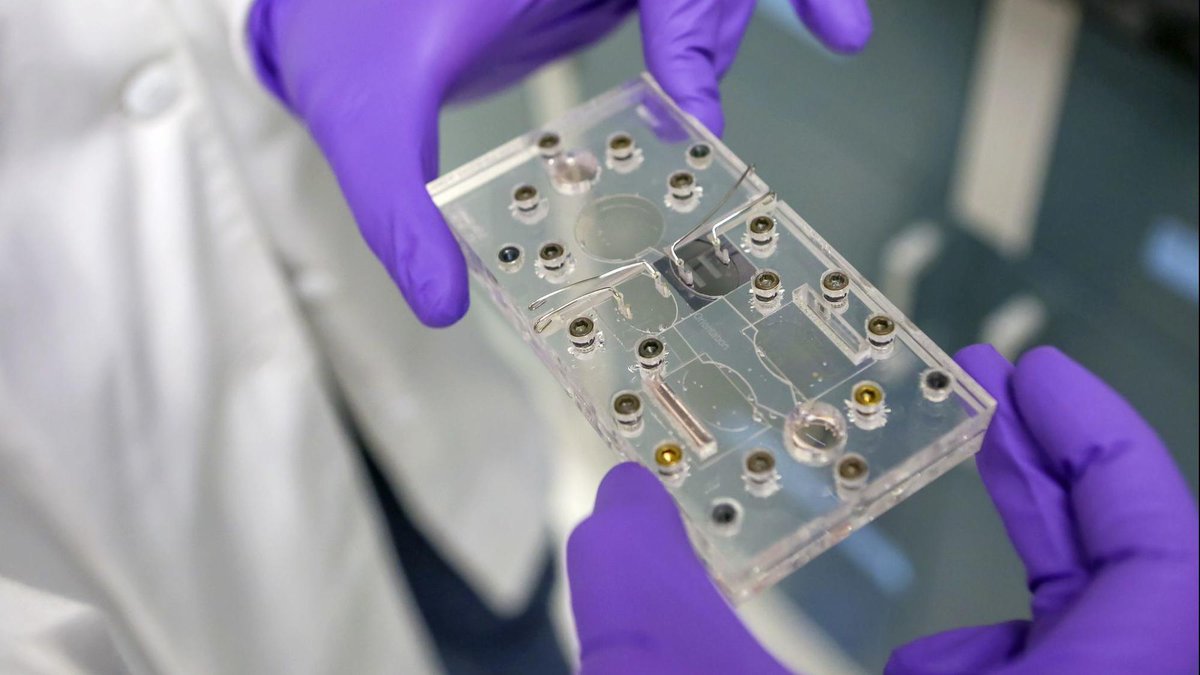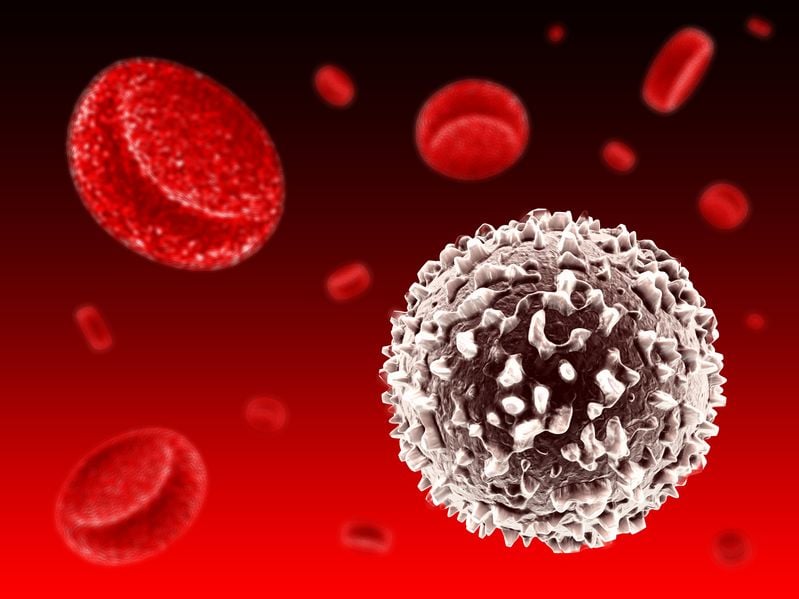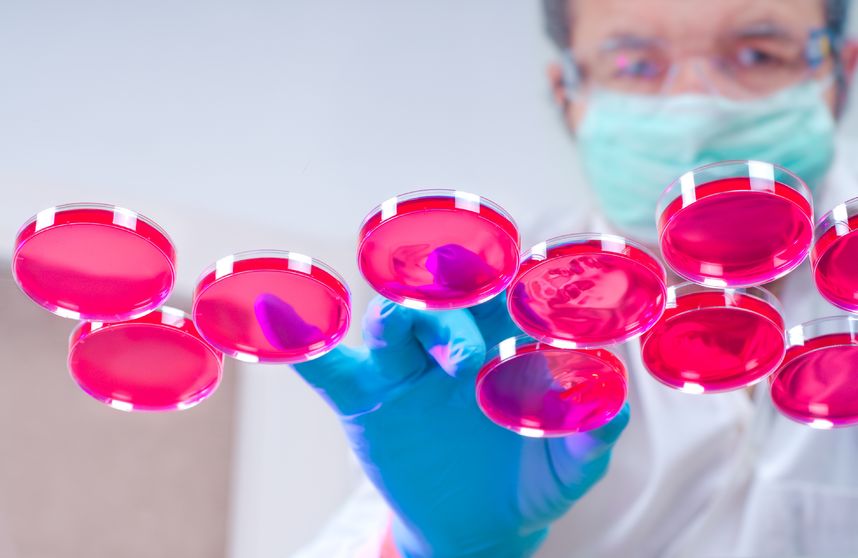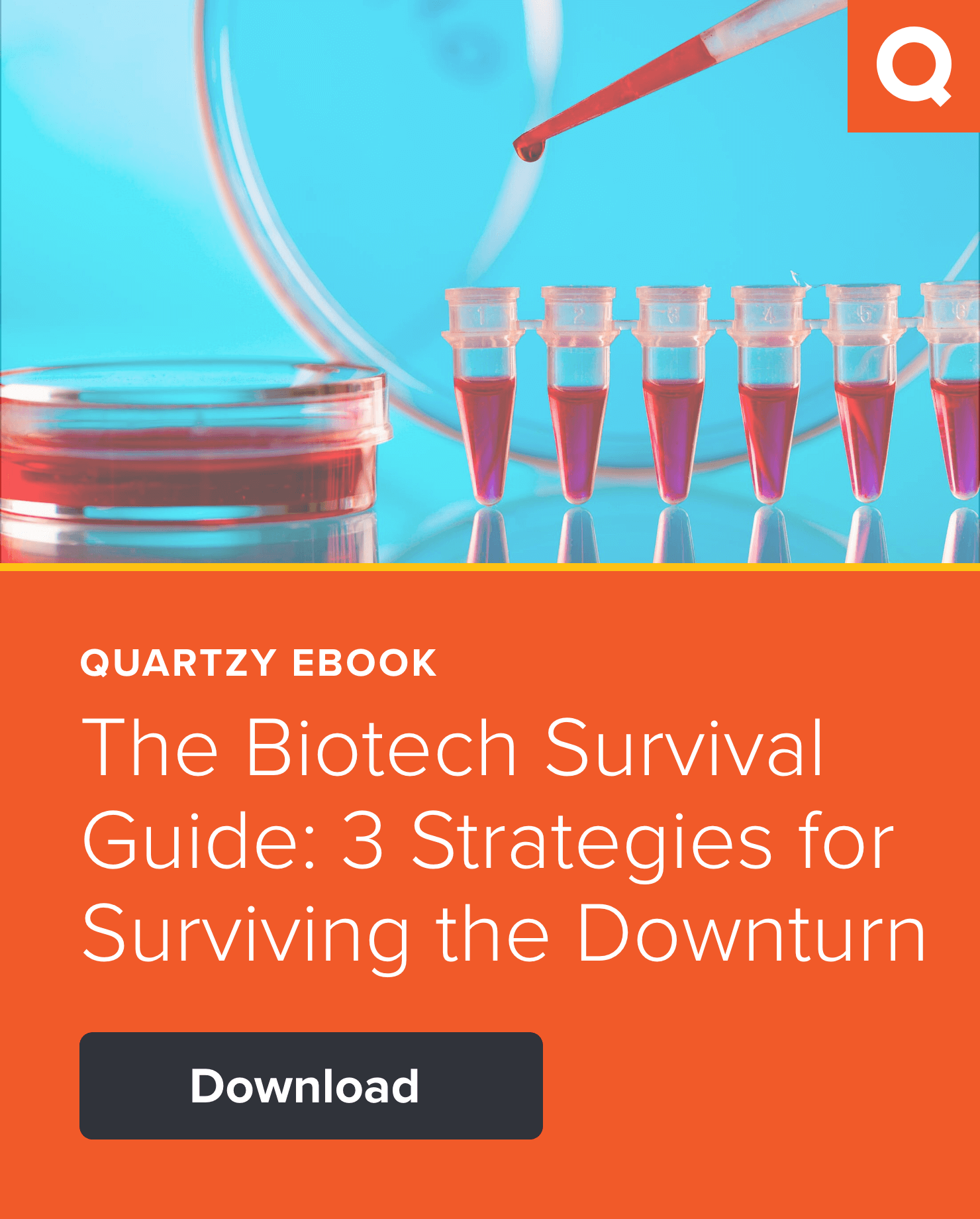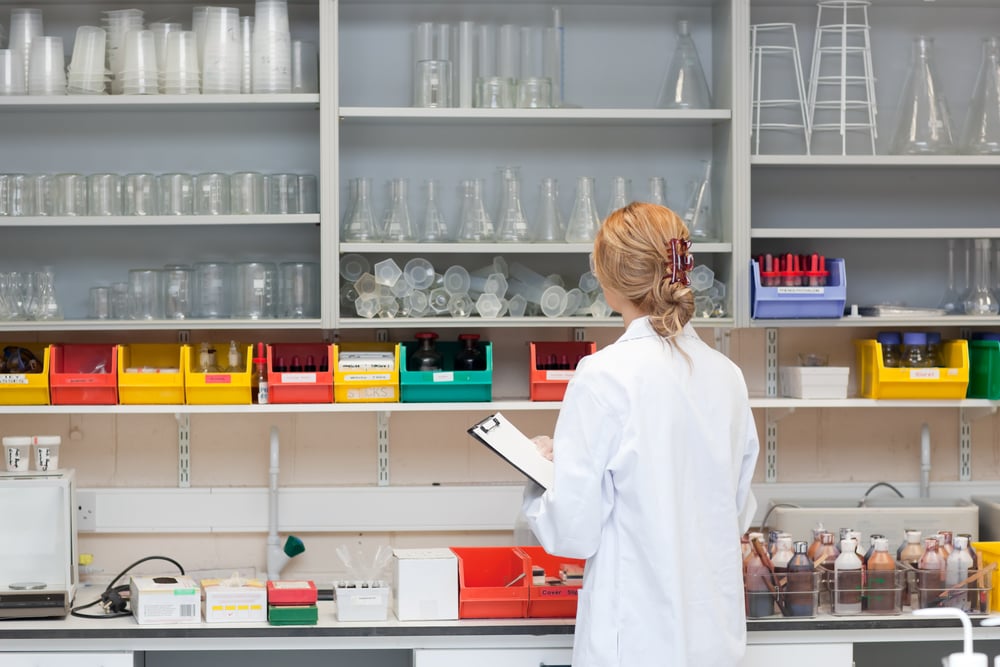Could you look at an unknown seed and describe what kind of tree it will grow into? When developing new drugs, medicinal chemists are often given the similarly impossible task of predicting, from a chemical’s behavior in a Petri dish, whether it will be effective in the vastly more complex human body.
Drug development typically begins with discovering potential lead chemical compounds. This process often generates a wealth of choices that may or may not prove effective. Data from cell cultures and other in vitro tools can shed some light on a compound’s clinical effectiveness, but ultimately only 1 in 10 compounds at this stage will succeed as an actual drug.
Scientists are thus faced with an impossible obstacle: How to select which  compounds to further research, knowing that in all likelihood, the preliminary data does not reflect reality. “You can do simulations and modeling, but you’re ultimately doing a lot of educated guessing,” explains Nate Post, Director of Business Operations at Hesperos. Once selected, a compound will be tested in animal models. Yet animal research is also far from perfect; both from an ethical standpoint and in terms of clinical relevance. It is also a massive—and risky—investment.
compounds to further research, knowing that in all likelihood, the preliminary data does not reflect reality. “You can do simulations and modeling, but you’re ultimately doing a lot of educated guessing,” explains Nate Post, Director of Business Operations at Hesperos. Once selected, a compound will be tested in animal models. Yet animal research is also far from perfect; both from an ethical standpoint and in terms of clinical relevance. It is also a massive—and risky—investment.
These high costs and high failure rates mean that on average, a single new drug requires 10 years and $2B to develop. “It’s been no secret for some time that a better model, something better than animals, needs to be developed,” says Post.
Enter Hesperos, a Florida-based biotech company with ambitious goals. Hesperos has created a microphysiological system on a chip the size of a cell phone. It contains wells for individual organ compartments as well as individual cancer  tumors, giving researchers an interconnected human system in which to test treatments. “With this chip, we can make informed decisions about what actually might work at the end of the rainbow,” explains Post. “As the technology continues to develop, it gets more and more complex so it will become a more and more representative view of the body.”
tumors, giving researchers an interconnected human system in which to test treatments. “With this chip, we can make informed decisions about what actually might work at the end of the rainbow,” explains Post. “As the technology continues to develop, it gets more and more complex so it will become a more and more representative view of the body.”
Their data already matches clinical outcomes. In June of 2020, Hesperos published data proving its platform can determine the therapeutic index of a drug. “The system is incredibly flexible,” says Post. With Hesperos organ/chip models, researchers have established pharmacokinetic-pharmacodynamic relationships for the antihistamine teferadine, determined the cardiotoxicity of a specific compound’s metabolite, and demonstrated both holistic inflammatory immune response to proinflammatory compounds as well as targeted immune responses to tissue‐specific damage in cardiomyocytes, skeletal muscles, and liver models.
Current Hesperos research ranges from Alzheimer's disease to neuromuscular 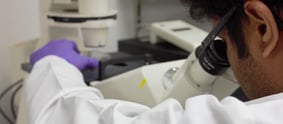 junction disorders such as amyotrophic lateral sclerosis. Hesperos also has. potential to shine in personalized medicine. Using a Hesperos microphysiological chip, an oncologist could recreate a patient’s specific tumor, and determine optimal treatments and dosing for that unique tumor.
junction disorders such as amyotrophic lateral sclerosis. Hesperos also has. potential to shine in personalized medicine. Using a Hesperos microphysiological chip, an oncologist could recreate a patient’s specific tumor, and determine optimal treatments and dosing for that unique tumor.
These human-on-a-chip platforms could level the drug development playing field. Currently, only large corporations can afford the astronomical costs of drug development. With Hesperos, a far smaller organization could develop therapies. The Food and Drug Administration (FDA) has announced it will accept data from Hesperos and similar systems, and is investing in accelerating that process. “This is the future of how new drugs will happen,” Post proudly explains.
A company like Hesperos requires an extraordinary amount of management, inventory, and administration. Quartzy is proud to improve Hesperos’ productivity with their lab management software. “In terms of lab productivity, Quartzy has been great,” says Post. “It has been one of the core tool sets in terms of allowing researchers to stay focused on what they do best. By comparison, the UCF lab we partner with uses this really clunky, old system that only allows orders to happen once a week, and only uses these old request forms, and it's painful, and we knew that process just wouldn't work. Since we began using Quartzy, it has made it so much more efficient.”
To learn more from Nate Post about Hesperos, check out this recorded webinar on Bridging the Gap Between Science and Finance.
